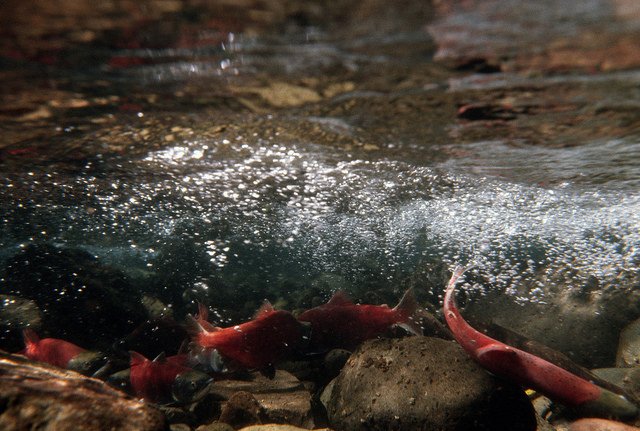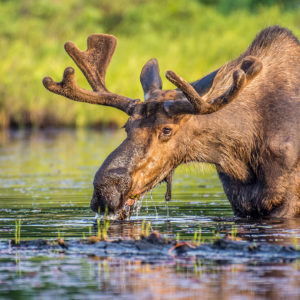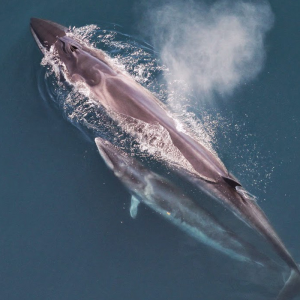Why We Should Protect The Fraser River Estuary
The Fraser River Estuary is a large area of interconnected marine, estuarine, freshwater, and agricultural habitats, near Vancouver. With almost 17,000 hectares of wetland, the estuary supports a variety of habitats such as salt and estuarine marshes, mudflats, and deep tidal waters.
These habitats are crucial to the 560 species found in the Fraser River Estuary. Killer Whales, Townsend Moles, and even Sockeye Salmon depend on this area for migration and residential purposes. Some species, such as the Western Sandpiper, depend on the region so heavily that roughly 500,000 Western Sandpipers visit the mudflats of Roberts Bank every day. Sockeye Salmon is the most important commercial species among the hundreds found in the Fraser River Estuary. An estimated 10 million salmon make their way back to the Fraser Estuary every year. While this may seem impressive, due to warming waters, pollution, overfishing, and the spread of farmed fish parasites, these numbers are dropping.

Unfortunately, the loss, degradation, and fragmentation of Fraser River Estuary habitats impact more than just the populations of salmon. Being home to Canada’s third-largest urban center that functions on the largest port in the region pose a clear danger to the Estuary, as human populations are estimated to grow to 1.4 million by 2040. This growth in population has influenced current and proposed urban and industrial developments to use land formerly inhabited by local wildlife. Additionally, the conversion of open agricultural fields to berry crops, greenhouses, and other intensive uses has reduced farmland habitats used by waterfowl, shorebirds, and owls.
The push to build the Kinder-Morgan pipeline and increase the volume of crude oil and the amount of Diluted Bitumen being transported through the region also creates risk for the health of the Estuary. The amount of tanker traffic in the Salish Sea near the Estuary is expected to rise dramatically, driving up the risk of oil spills drastically. Additionally, Diluted Bitumen extracted from tar sands and transported through the pipeline is considered more toxic and far more destructive to the environment than crude oil, which makes the prospect of a pipeline or tanker spill even more worrisome.
Difficulties for the Fraser River Estuary are not limited to systemic issues, the introduction of foreign species to habitats and recreational disturbances contribute to the loss of habitats within the Fraser River Estuary. It is important for us, as humans, to understand the kinds of consequences our actions can cause. Nature Canada is dedicated to spreading the word about these at-risk areas and advocating for their protection.
Written by Nature Canada’s writing intern, Gabriel Planas. Updated by Nature Canada staff on January 20, 2020.



